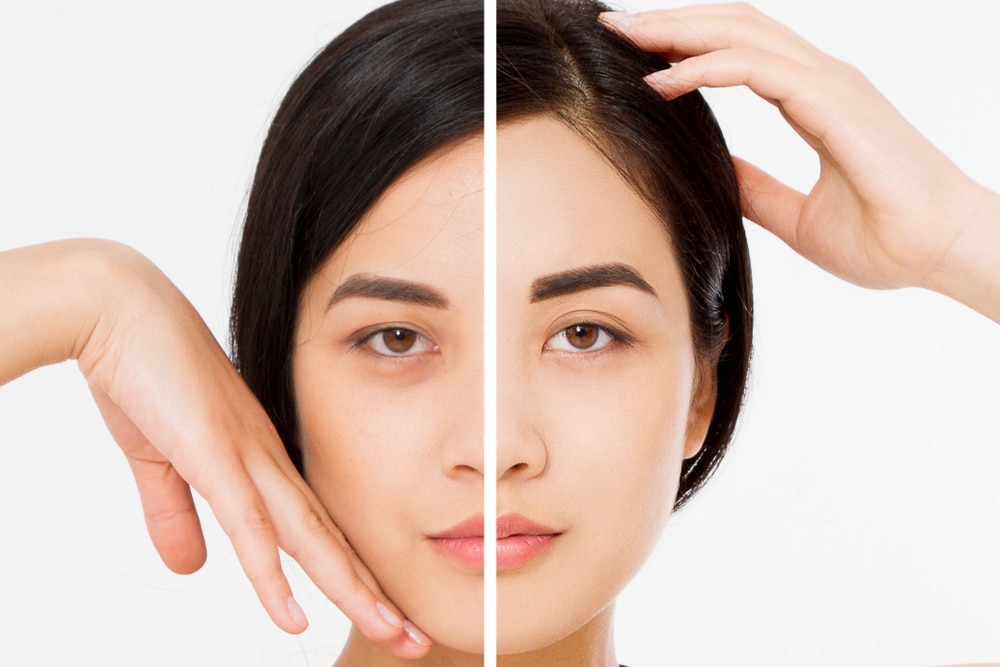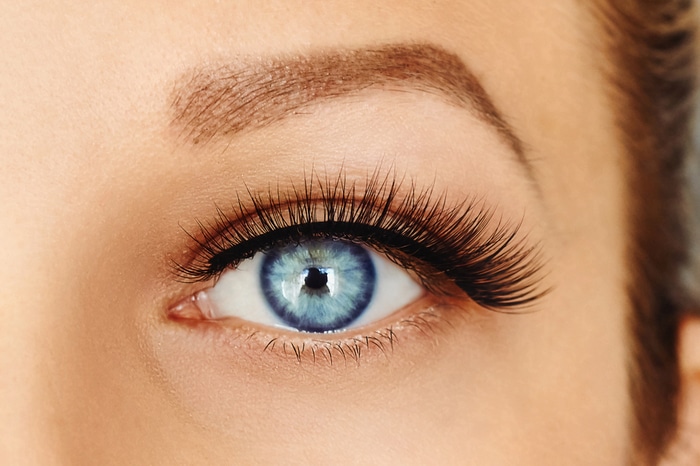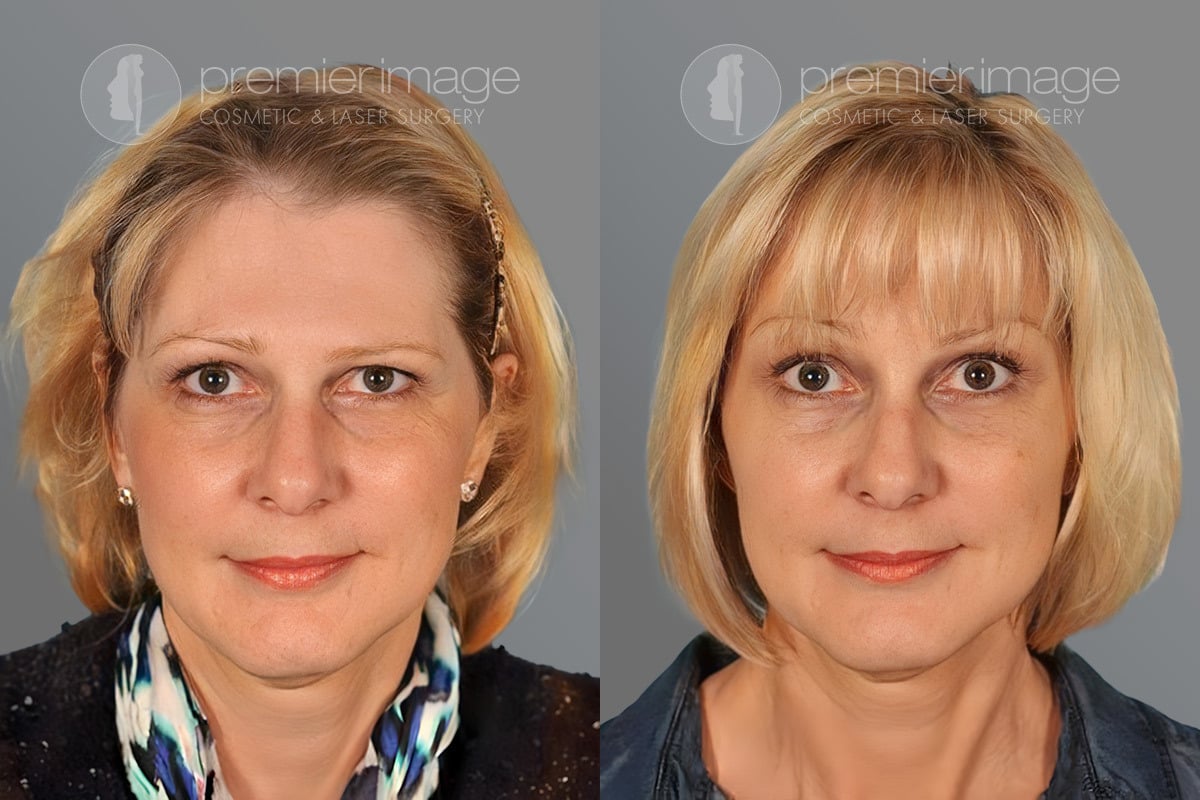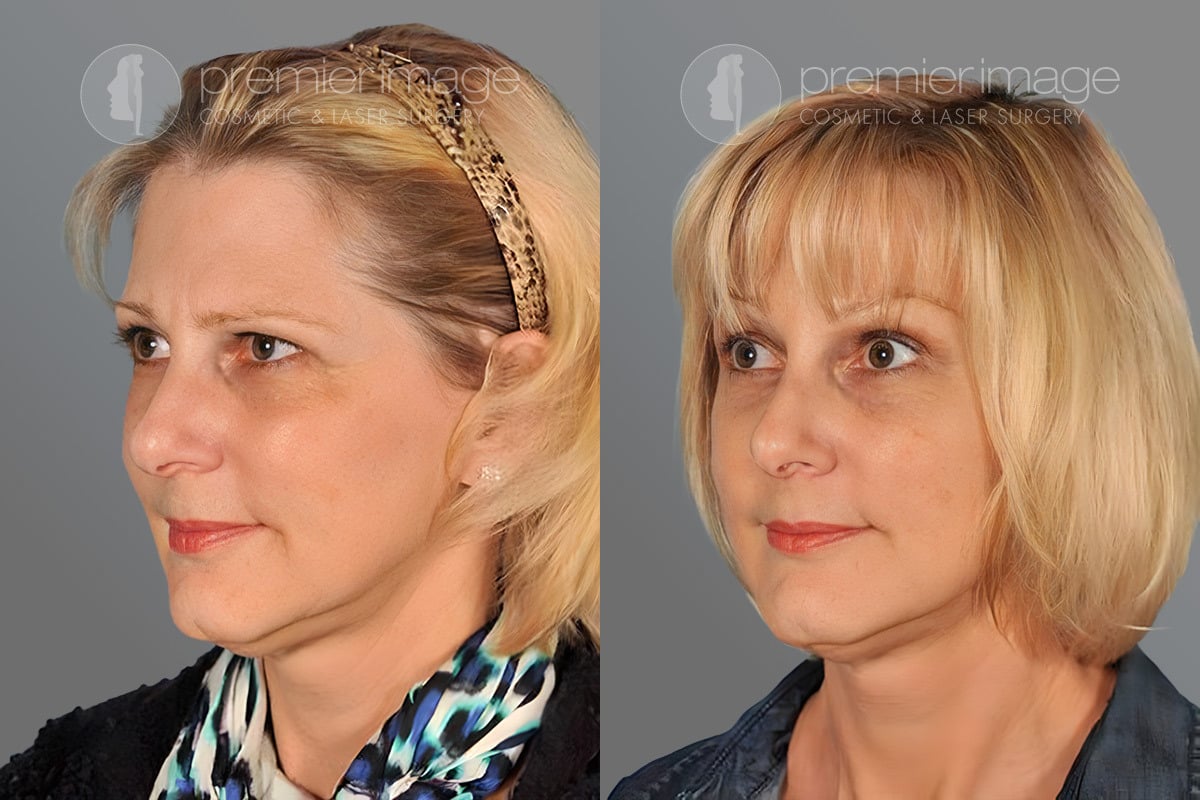Ever wondered what it really feels like to recover from a brow lift? Whether you’re planning your own cosmetic journey or simply curious about the process, understanding the recovery timeline is essential for setting expectations and preparing for a smooth experience.
A brow lift can dramatically refresh your appearance, restoring a more youthful and lifted look to your upper face. But like any surgery, the healing process is key to achieving the best possible results. In this post, we’ll break down what happens each day after the cosmetic procedure—so you can feel confident every step of the way.

How Long Does It Take to Recover From Brow Lift Surgery?
Most patients find that the major swelling and bruising from a brow lift procedure typically subsides within 10 to 14 days. During this period, it’s common to experience tightness, mild discomfort, and some puffiness around the eyes and forehead. However, the complete healing process takes longer. It can take up to 6 months to a year for all residual swelling to resolve and for the final, refined results to fully appear. Understanding this longer timeline helps manage expectations—and next, we’ll dive into what that looks like day by day.
Endoscopic Brow Lift Recovery Timeline
The first 24 hours after an endoscopic brow lift are all about rest and protection. Patients are typically sent home with a cotton compression dressing over the forehead and scalp, which helps minimize swelling and prevent fluid buildup under the skin. While not always used, a small surgical drain may also be placed to assist with this. It’s important to avoid disturbing any dressings during this period.
Mild to moderate pain and discomfort are normal and can be managed with oral medications as prescribed. Some swelling and bruising will begin to appear around the upper face, especially near the eyes and bridge of the nose. Applying cool compresses gently to the closed eyes (not the forehead if covered) and keeping your head elevated are key to minimizing swelling. This early stage of healing sets the tone for the days to come, so take it easy and follow all aftercare instructions closely.
The First 24 Hours: Immediate post-operative care
During days two and three, swelling and bruising typically reach their peak. The forehead and scalp may feel tight or achy, and a throbbing sensation can occur, especially in the evening or when lying down. Bruising around the upper eyelids and bridge of the nose may become more prominent, and in some cases, swelling can temporarily affect the ability to fully open the eyes.
This is also the phase when patients may feel the most uncomfortable, but it’s a normal part of the healing process. Continue using cold compresses on the eyes and keep your head elevated when sleeping or resting. Avoid any strenuous activity, and be mindful of any sudden increase in pain, as this could signal a complication that should be reported to your surgeon.
Days 2-3: Maximum swelling and bruising
By days four through six, most patients start to feel a noticeable shift toward healing. The initial compression dressing, if used, is typically removed at this stage, allowing you to begin showering and gently washing your hair with care around the incision sites. You’ll also start daily wound care by cleaning the small scalp incisions with hydrogen peroxide and applying antibiotic ointment two to three times a day.
Bruising and swelling, though still present, begin to ease. While your brow position may look too elevated during this time, don’t worry—this is temporary and part of the natural settling process. You’ll be wearing a supportive headband over your forehead almost constantly during this phase (except when showering), which helps maintain proper positioning and supports the healing tissues.
Days 4-6: Continued healing phase
As you reach the end of the first week, swelling and bruising begin to noticeably improve. While some discoloration and puffiness may still be visible—particularly around the eyes—many patients feel more comfortable being seen in public, often with the help of makeup or sunglasses. The tight sensation across the forehead and scalp usually persists but becomes less intense.
Incision care continues during this stage, with cleaning and antibiotic ointment applied regularly. You should still be wearing your headband throughout the day, which helps reduce swelling and encourages the tissues to heal in the correct position. The body is now entering a more stable healing phase, and many patients begin to feel like they’re turning a corner in their recovery journey.
The First Week: Swelling starts to subside
Around the second to third week after surgery, most patients return to their surgeon’s office for staple removal. These staples are used to close the small incisions made in the scalp and are typically removed between days 10 and 21. In some cases, tiny screws used to support the scalp during healing may also be removed at this time. Patients are often surprised at how painless this step is—removal is quick and involves minimal to no discomfort.
By now, bruising and swelling have usually improved significantly. Most patients can switch to wearing the headband only at night and stop cleaning or applying ointment to the incisions. While numbness may still be present across the forehead or scalp, you may begin to notice tingling or prickly sensations—this is a positive sign that nerve endings are starting to regenerate.
Weeks 2-3: Surgeon removes the staples
By the end of the first month, many patients feel largely recovered and ready to return to normal routines. Swelling and bruising have mostly resolved, leaving the facial features looking more natural and refined. The tight sensation across the forehead continues to ease, although some residual numbness or tingling may persist as nerves continue to regenerate.
Most patients no longer need to wear the headband during the day and can return to light exercise and more regular activities, as long as they avoid anything too strenuous. It’s also common at this stage to become more aware of your results, though the final position of the brows won’t fully settle until several months later. Regular follow-ups with your surgeon help ensure everything is healing properly.
The First Month: Almost full recovery
At the six-month mark, most patients see the final, lasting results of their brow lift. The brow position has fully settled into its natural, rejuvenated shape, and any lingering swelling or puffiness has resolved. While a small area of numbness in the scalp may persist, most nerve sensations have typically returned or stabilized.
This is also when the overall improvement in facial appearance becomes most apparent. Fine lines are softer, the brow appears more lifted and rested, and the face reflects a refreshed, youthful energy. Patients can feel confident and comfortable enjoying their full results without restriction.
Month 6: Complete brow lift results

Secure Your Safe Procedure Experience with Dr. Louis DeJoseph
Join our satisfied clients who’ve experienced safe, effective treatments.
Tips for a Successful Brow Lift Recovery Process
While every patient’s recovery experience is unique, there are proven ways to encourage smoother healing and better results. Adhering to aftercare instructions and making a few lifestyle adjustments during your recovery can make a big difference in how quickly and comfortably you bounce back. Below are practical tips based on medical guidelines and common post-operative practices to help you navigate the process successfully.
- Follow your surgeon’s instructions exactly: From wound care to medications, every directive plays a role in preventing complications and promoting optimal healing.
- Keep your head elevated while resting and sleeping: Elevating your head for at least 4 weeks helps minimize swelling and supports proper fluid drainage.
- Apply cold compresses only as directed: Use clean, cool compresses on the eyes—not the forehead if it’s bandaged—within the first 24 hours to reduce puffiness.
- Avoid smoking before and after surgery: Smoking impairs circulation and can significantly delay healing or increase the risk of infection.
- Stick to a gentle hygiene routine: Clean the incision areas with hydrogen peroxide and apply antibiotic ointment until your surgeon tells you otherwise. Transition to Vaseline if redness occurs.
- Wear your headband consistently: This supportive band should be worn continuously for the first 7–10 days, then nightly for another few weeks to help hold your brows in place.

- Take it easy—no strenuous activity: Avoid heavy lifting, exercise, or any movement that strains the forehead muscles for at least three weeks post-op.
- Be cautious with heat tools: Since numbness is common, avoid hot styling tools near the scalp to prevent burns or injury.
- Stay on top of your medications: Fill prescriptions before surgery and take antibiotics and pain relievers only as prescribed.
- Schedule and attend your follow-ups: Regular check-ins allow your surgeon to monitor your healing and address concerns early.
Potential Complications During Recovery and When to Seek Help
While brow lift surgery is generally safe and complications are rare, it’s important to be aware of warning signs that may indicate a problem. Prompt attention to certain symptoms can prevent minor issues from becoming more serious. By knowing what to watch for, you can feel empowered to take action when needed and ensure a smooth recovery.
- Significant, increasing pain: Some discomfort is expected, but pain that intensifies after the first 48 hours or doesn’t respond to medication should be reported to your surgeon.
- Fever over 100°F: A mild rise in temperature is common post-op, but a persistent or high fever could indicate infection.
- Unusual discharge or bleeding: Watch for excessive bleeding or discharge from the incisions, especially if it’s yellow, green, or foul-smelling.
- Vision changes: Any changes in your eyesight, such as blurriness, double vision, or vision loss, should be addressed immediately.
- Signs of infection: Redness, warmth, or increased swelling around the incision sites may signal infection and should be evaluated.
- Sudden facial asymmetry or drooping: Though rare, this could indicate nerve irritation or damage and requires immediate medical attention.
If any of these symptoms occur outside of normal office hours, don’t hesitate to contact your surgeon through the answering service, or go to the emergency room if you’re unable to reach them. Acting early is always the safest approach.
Before and After Photos


* Each patient is unique and individual results may vary.
Schedule Your Brow Lift Consultation Today
The most important factor in ensuring a smooth brow lift recovery and achieving optimal results from your forehead lift is choosing an experienced plastic surgeon. A specialist who deeply understands facial anatomy and the nuances of surgical healing can minimize complications and maximize aesthetic outcomes. With the right surgeon, your path to rejuvenation becomes safer and more predictable.
Dr. Louis DeJoseph is one of the few triple board-certified facial plastic surgeons in the Atlanta area, recognized nationally for his leadership in developing innovative techniques in facial rejuvenation. With his commitment to excellence, decades of experience, and affiliations with top hospitals like Emory Dunwoody and Northside, you’re in expert hands. Call us at 770-457-6303 or visit our contact page to schedule your consultation today.


